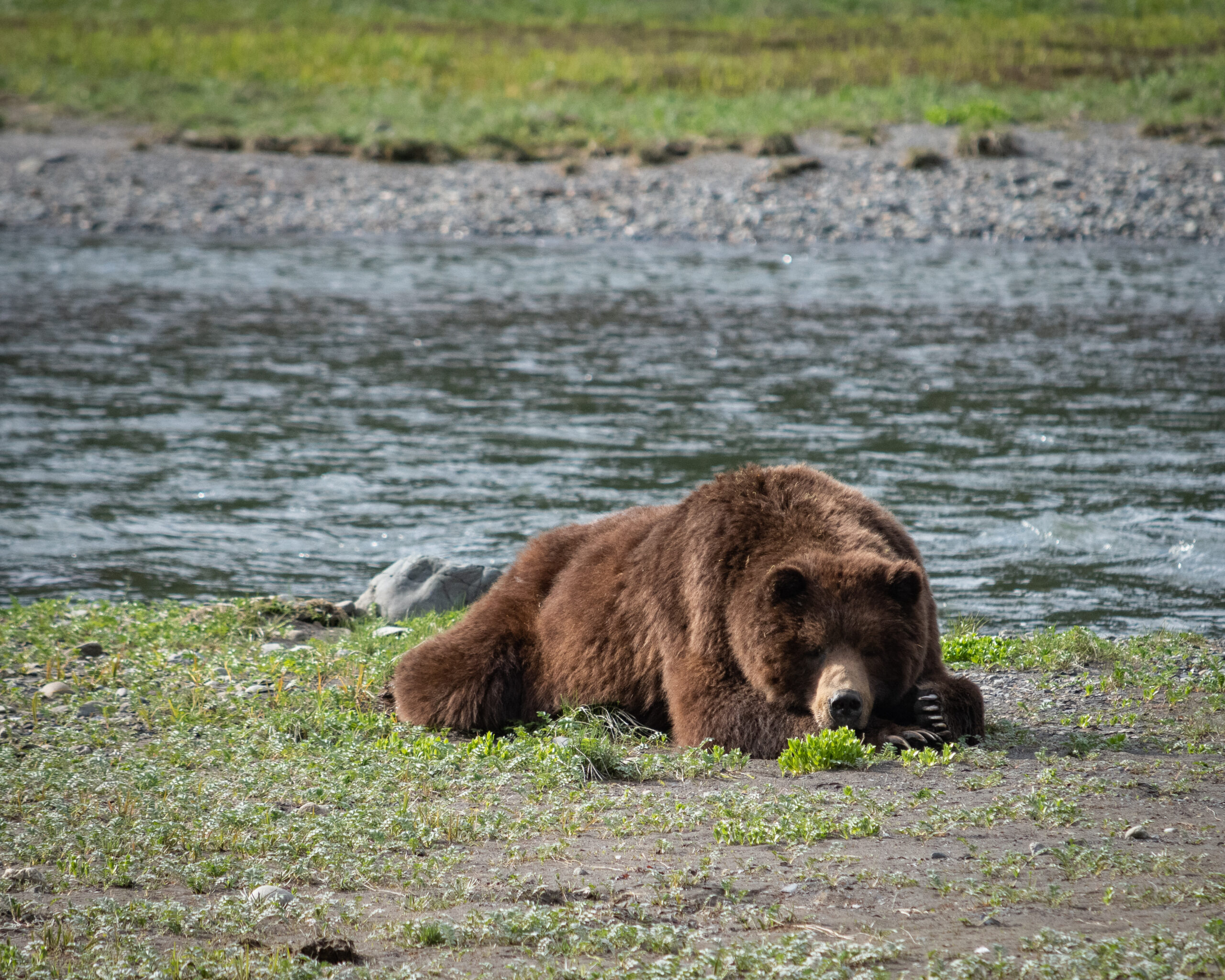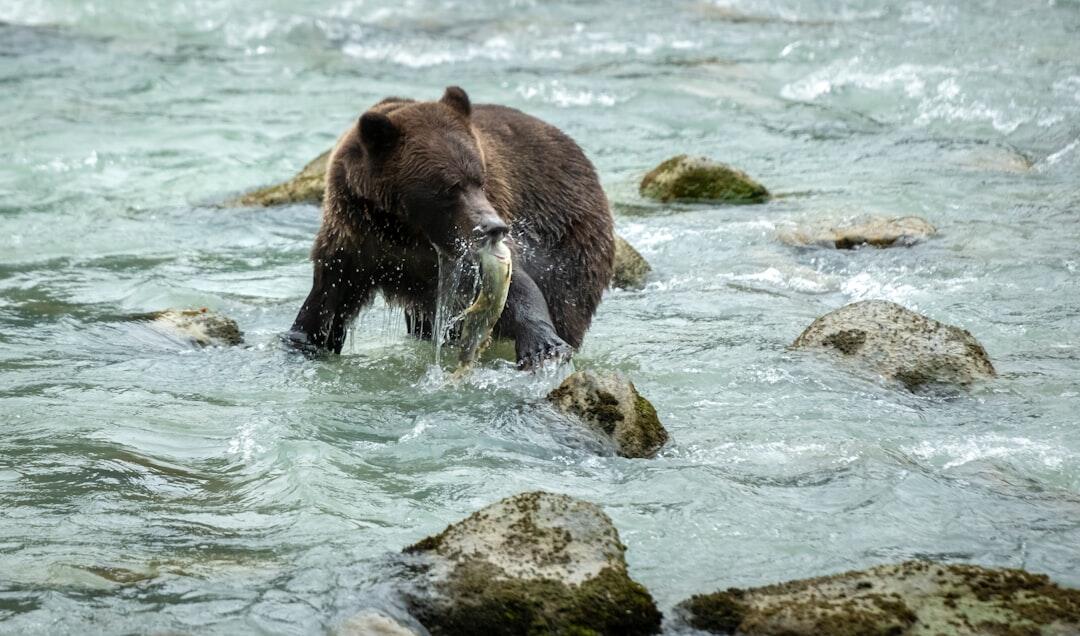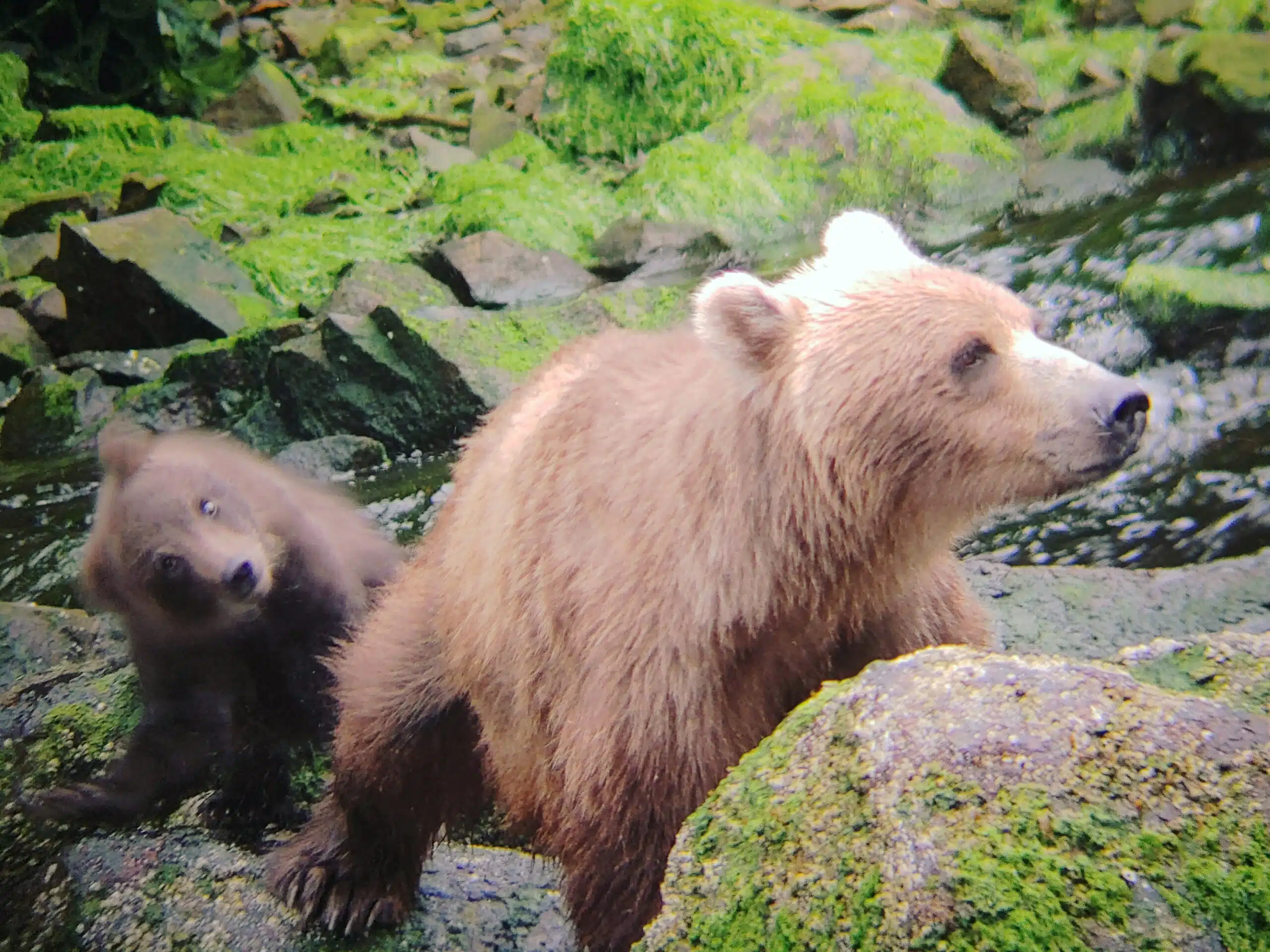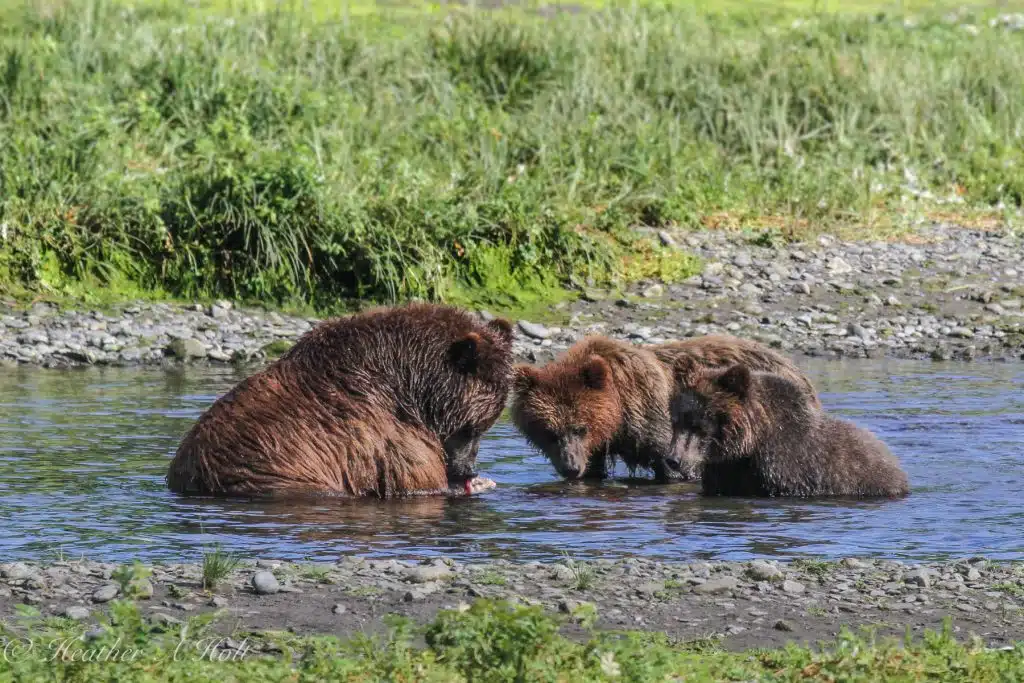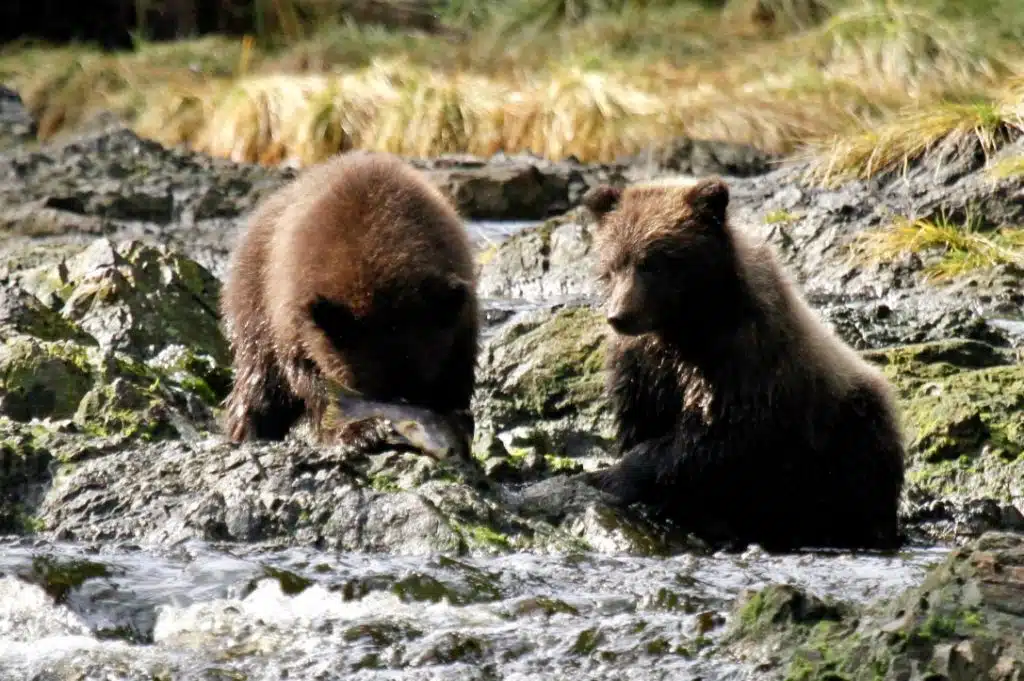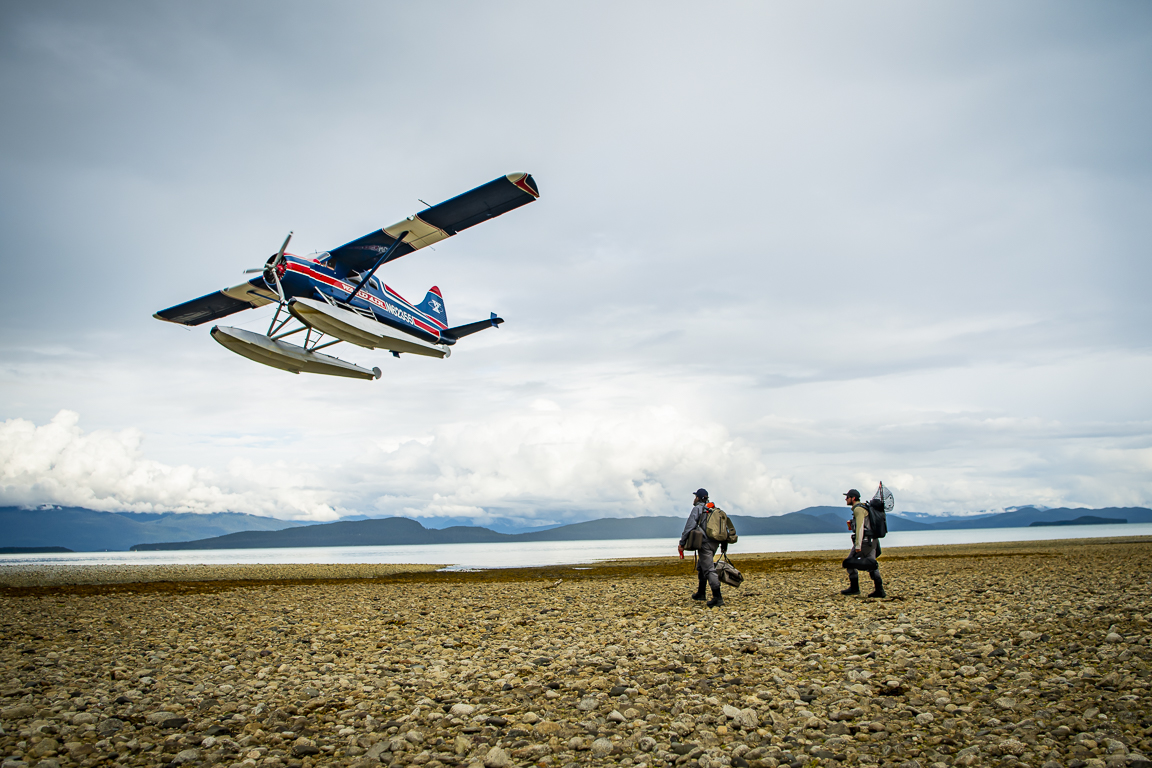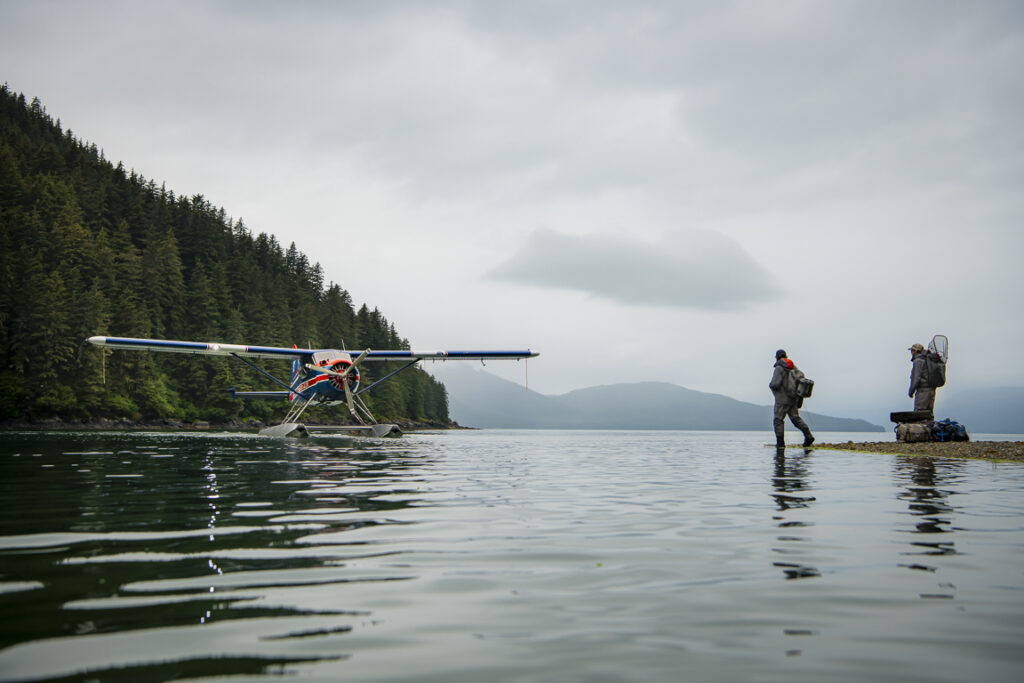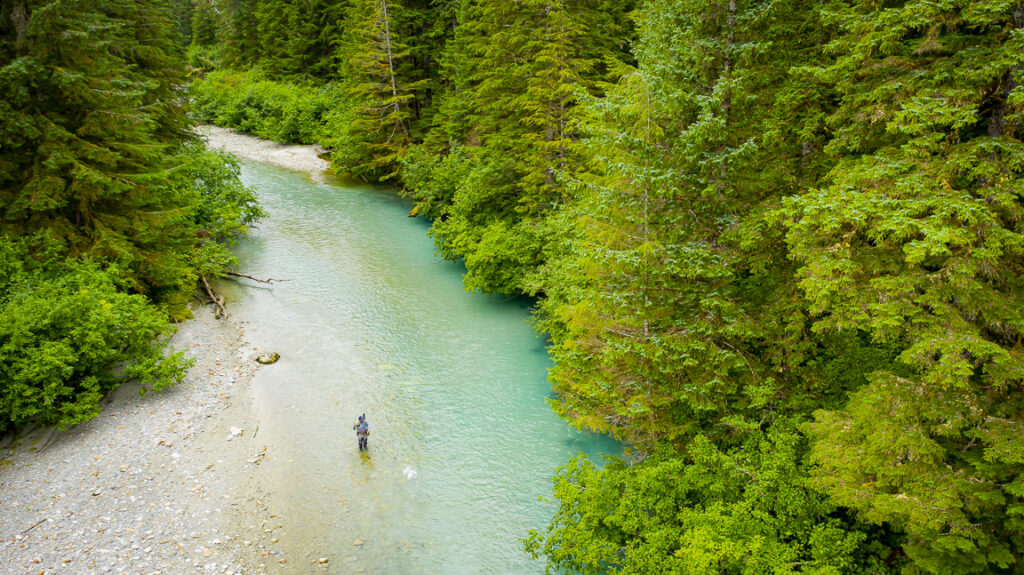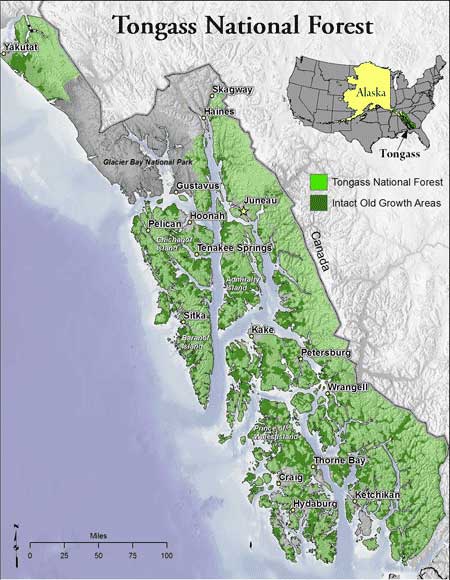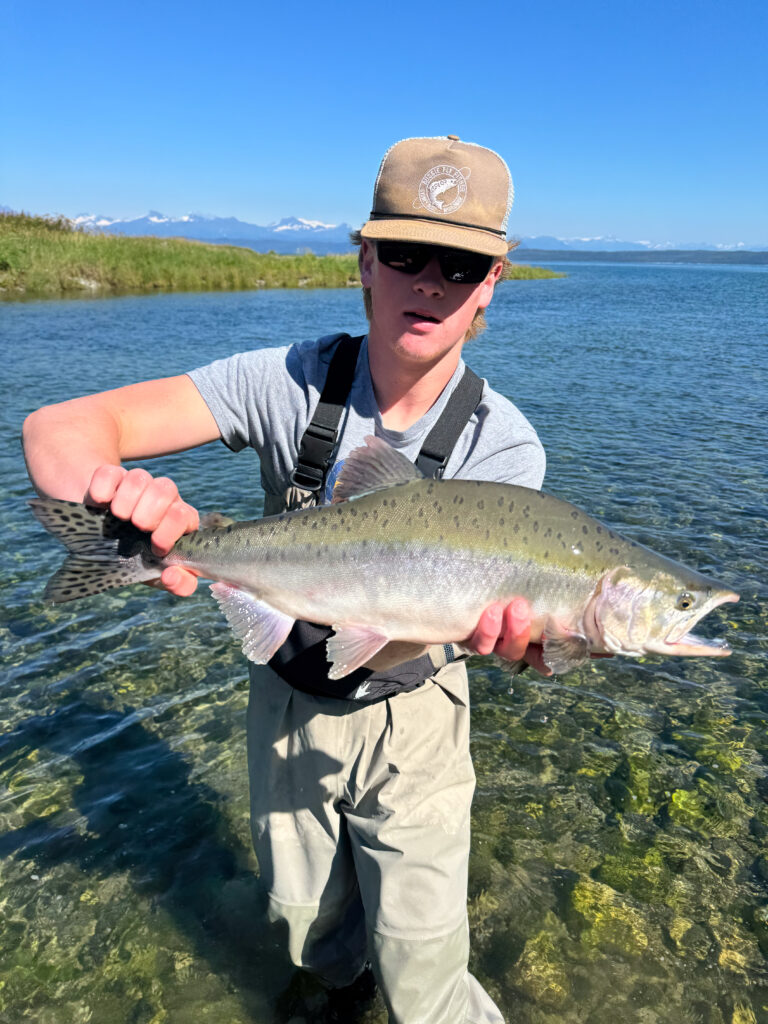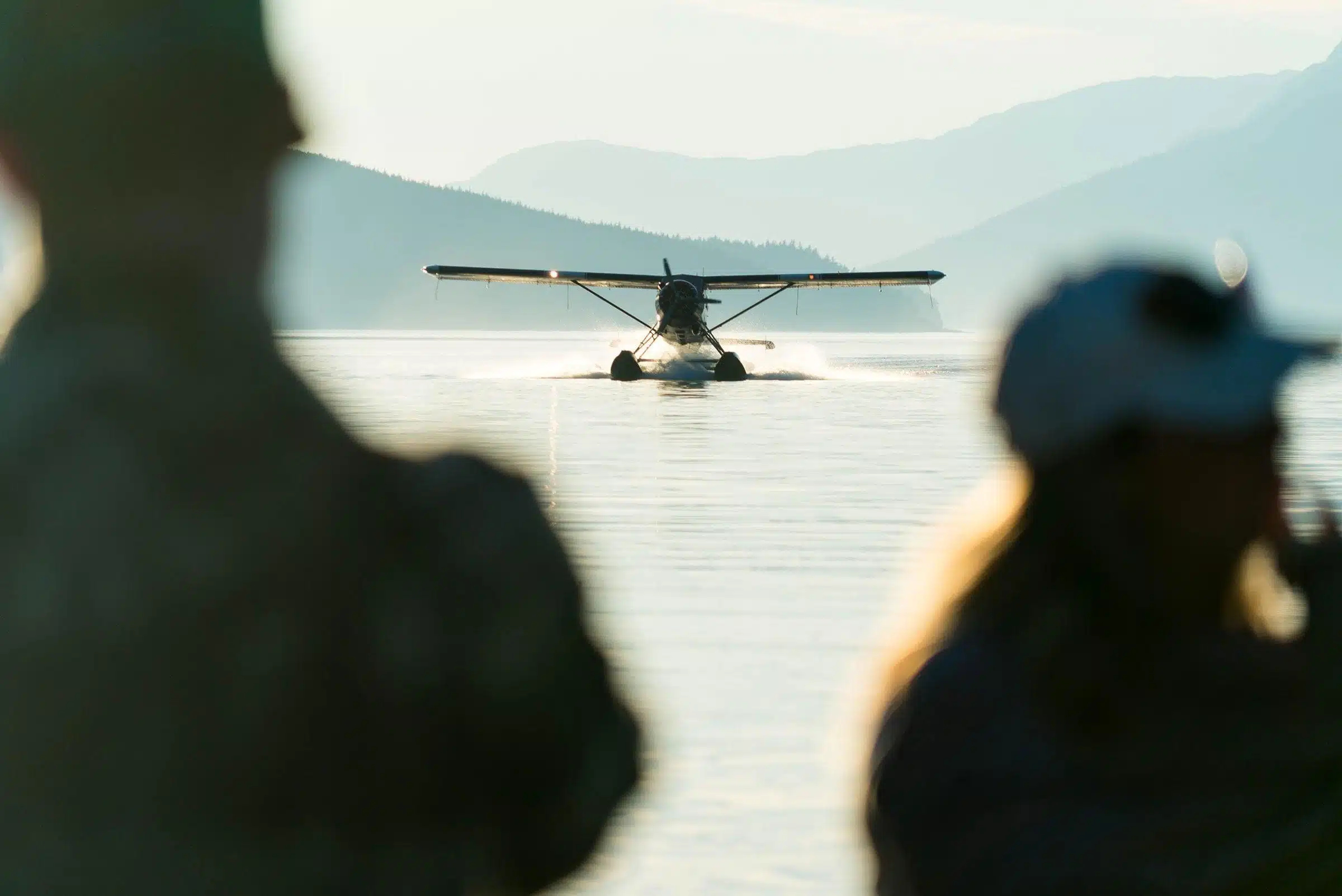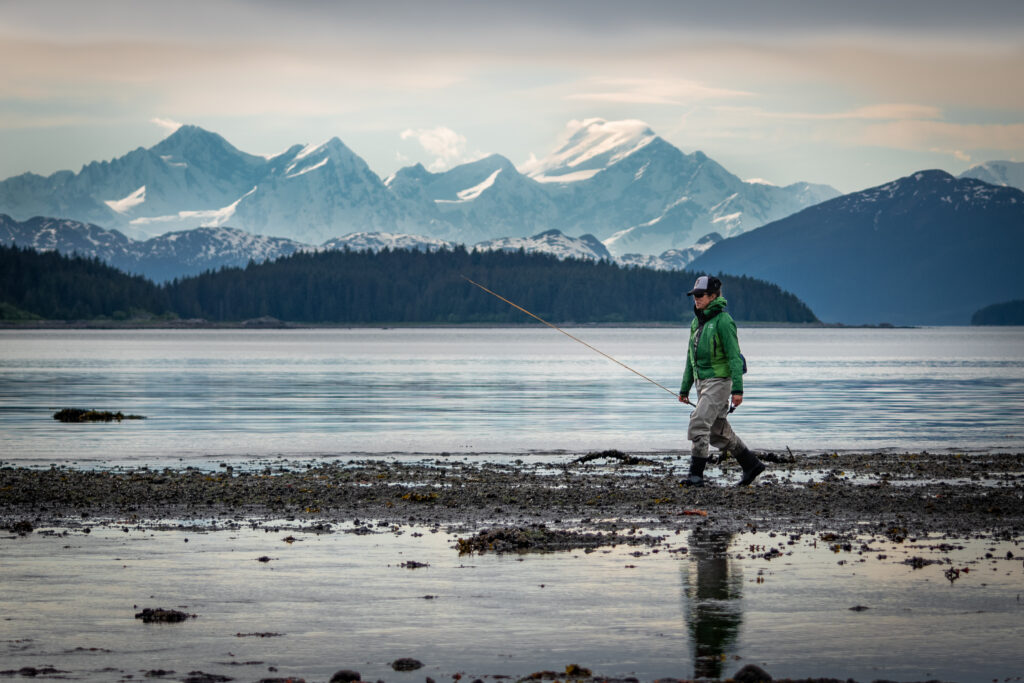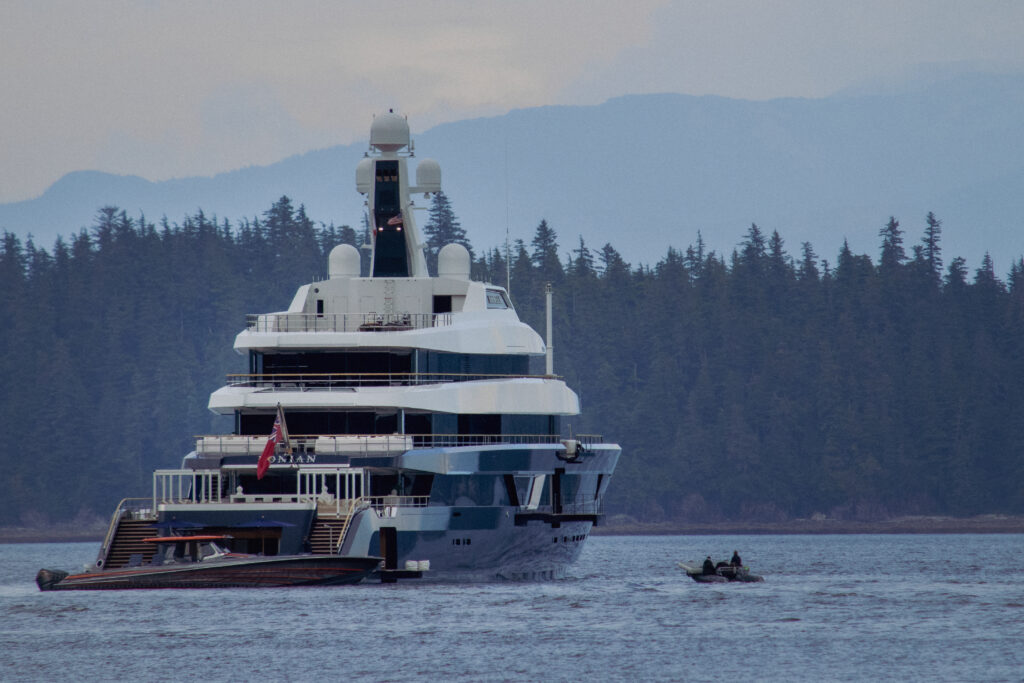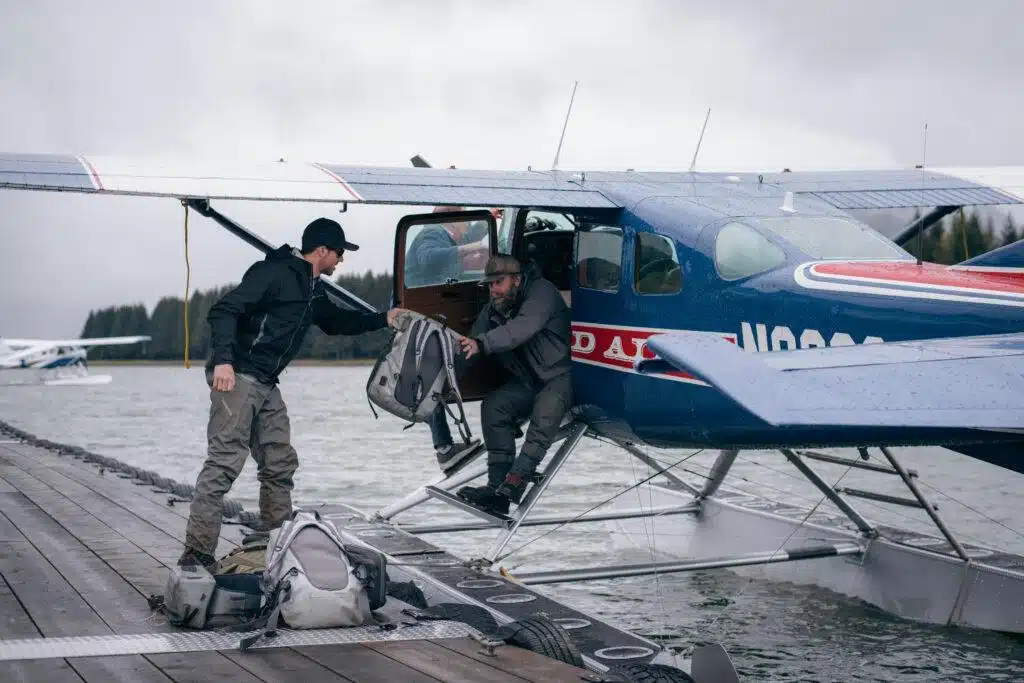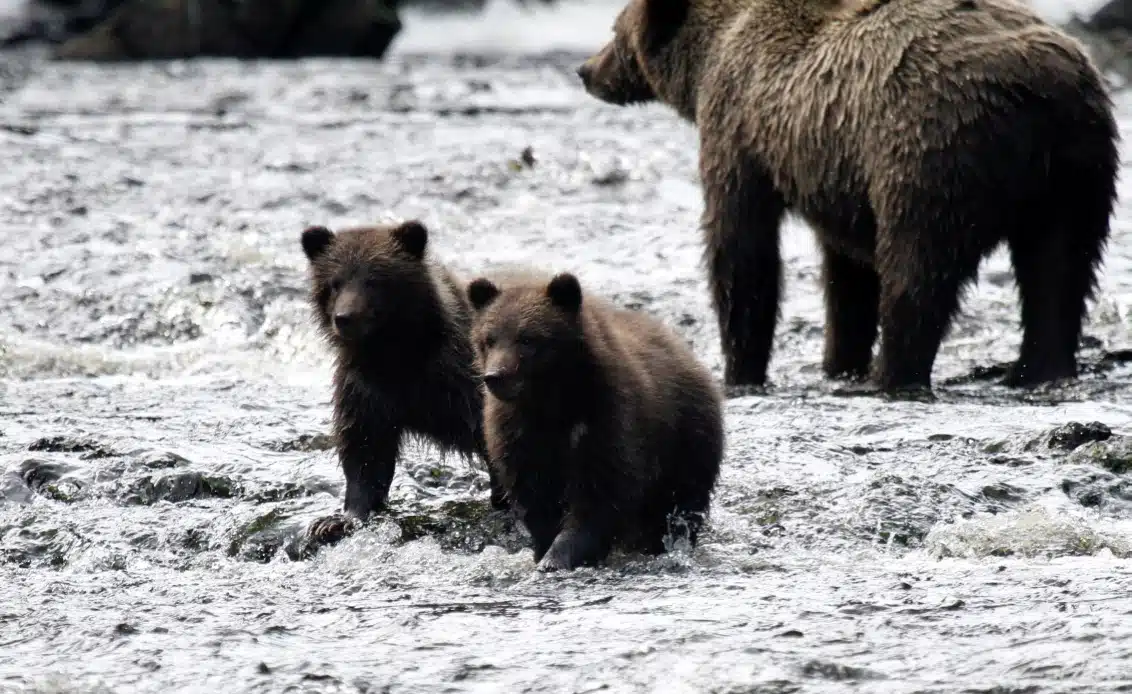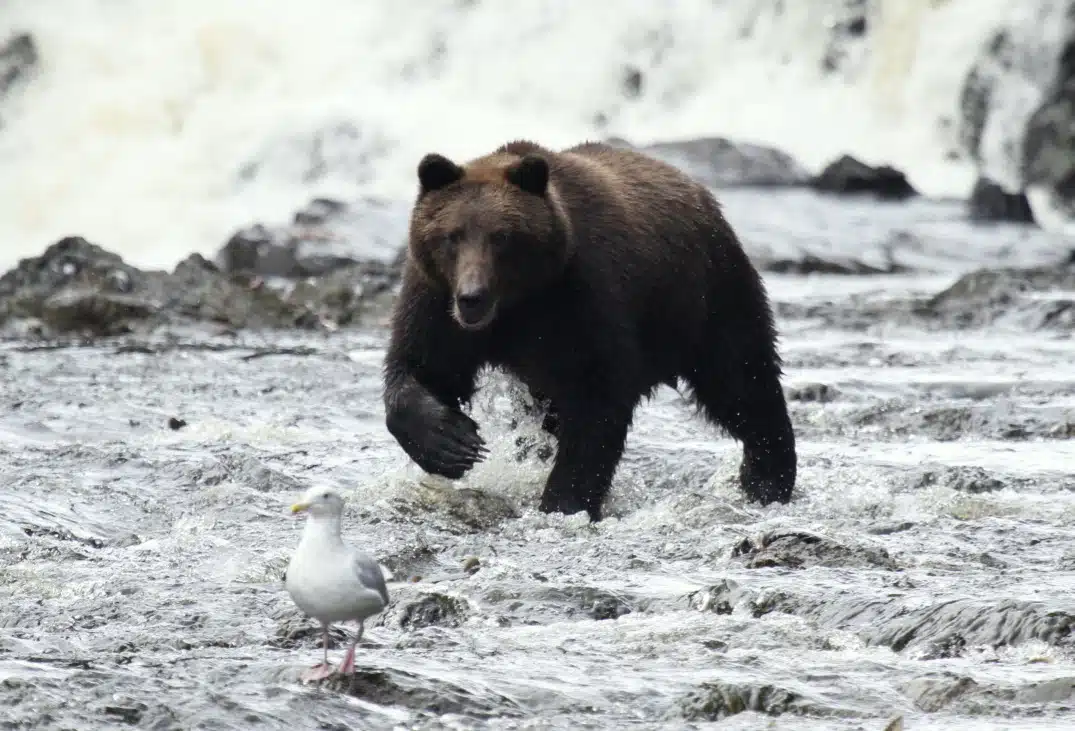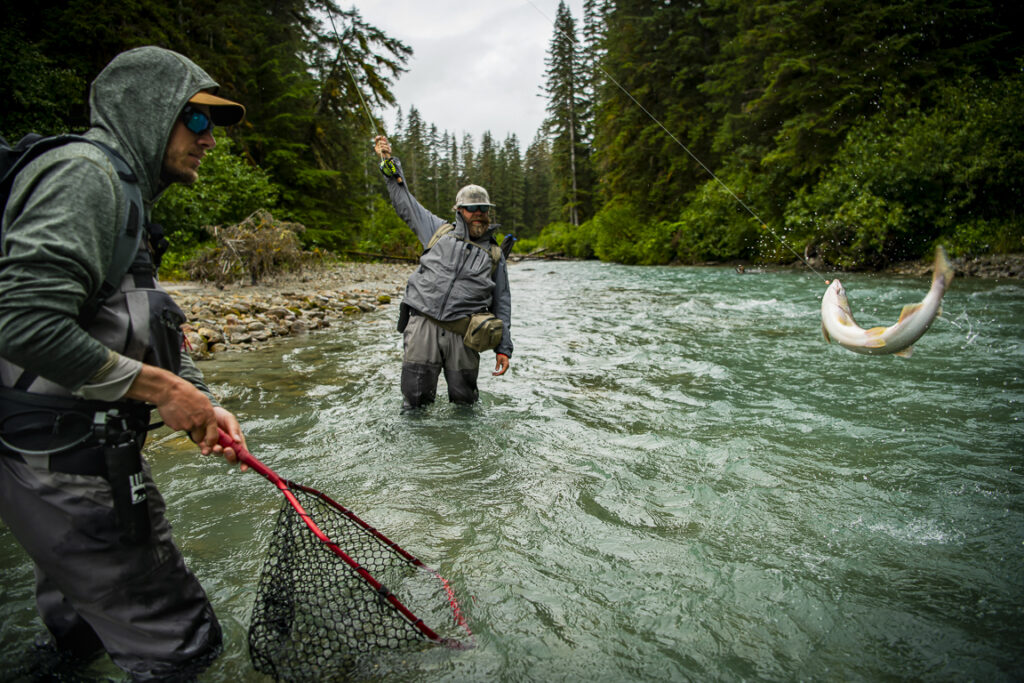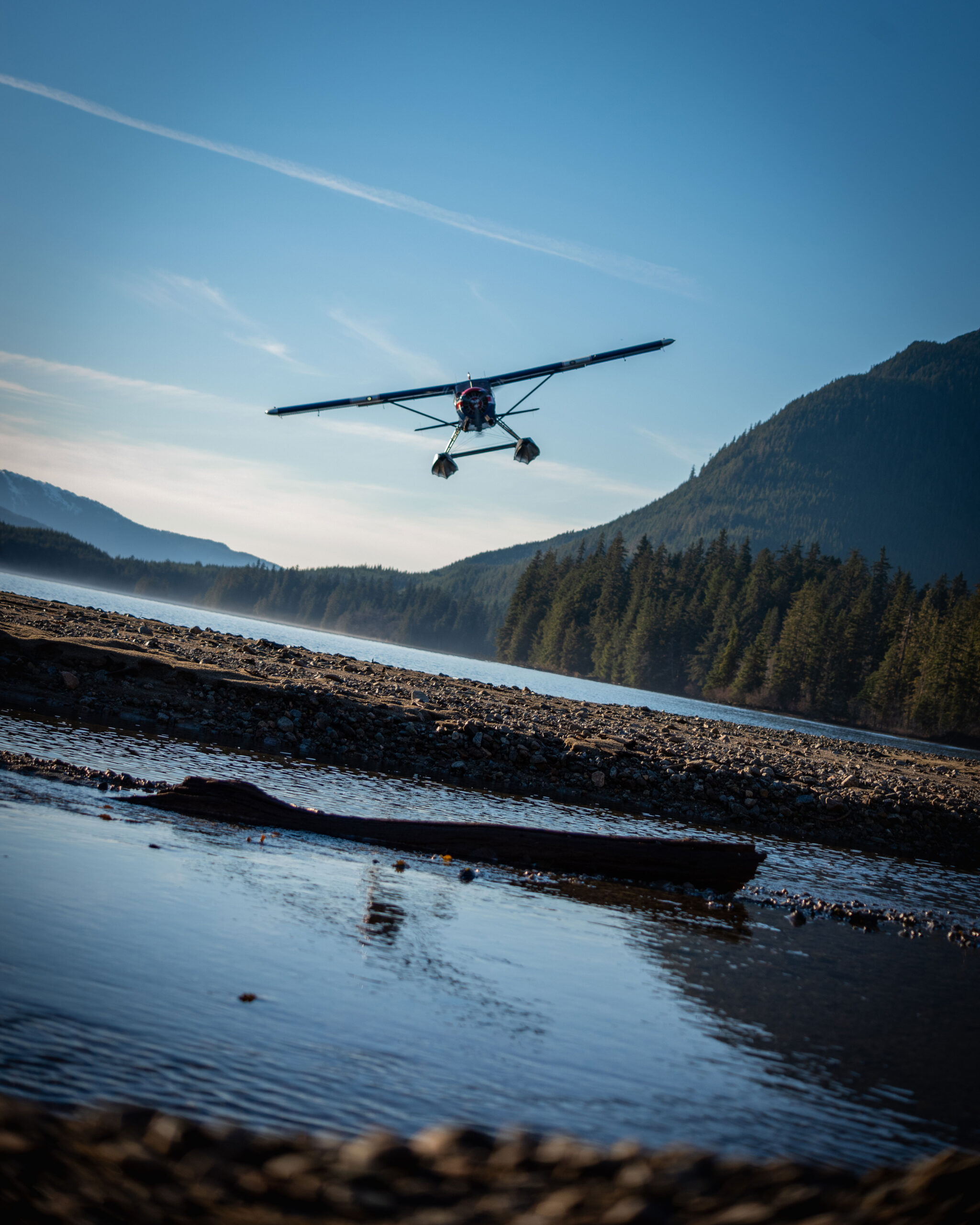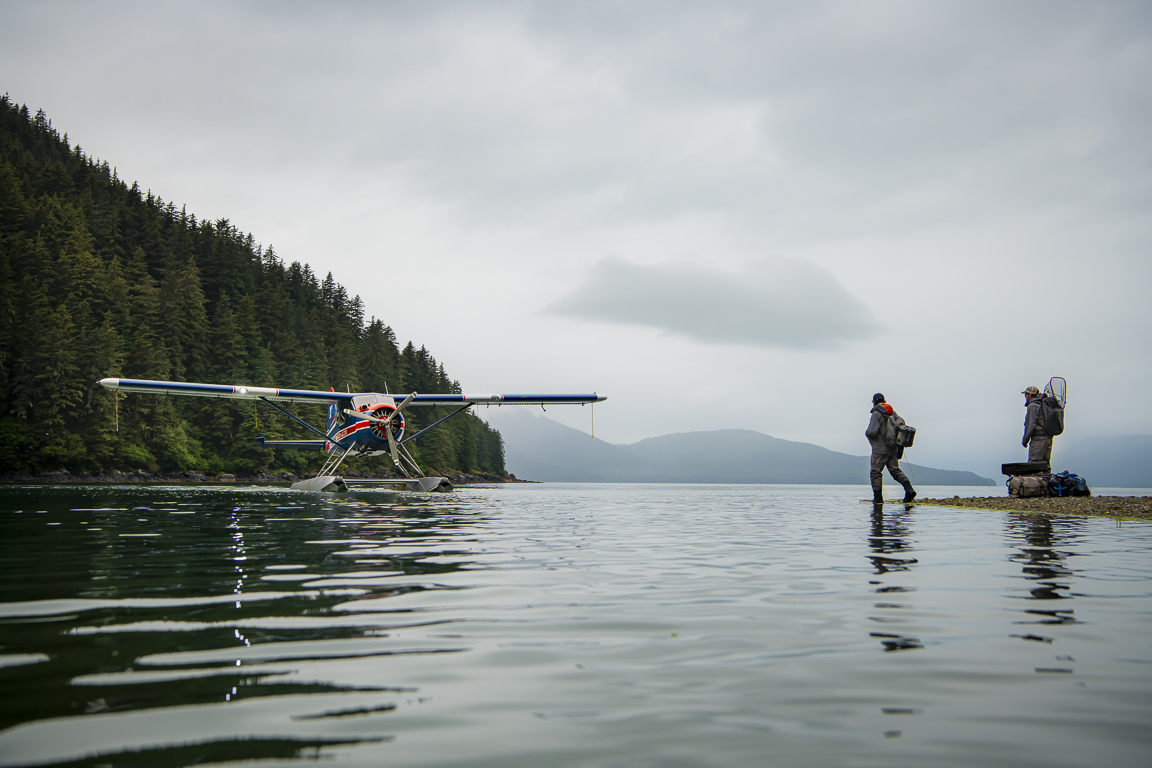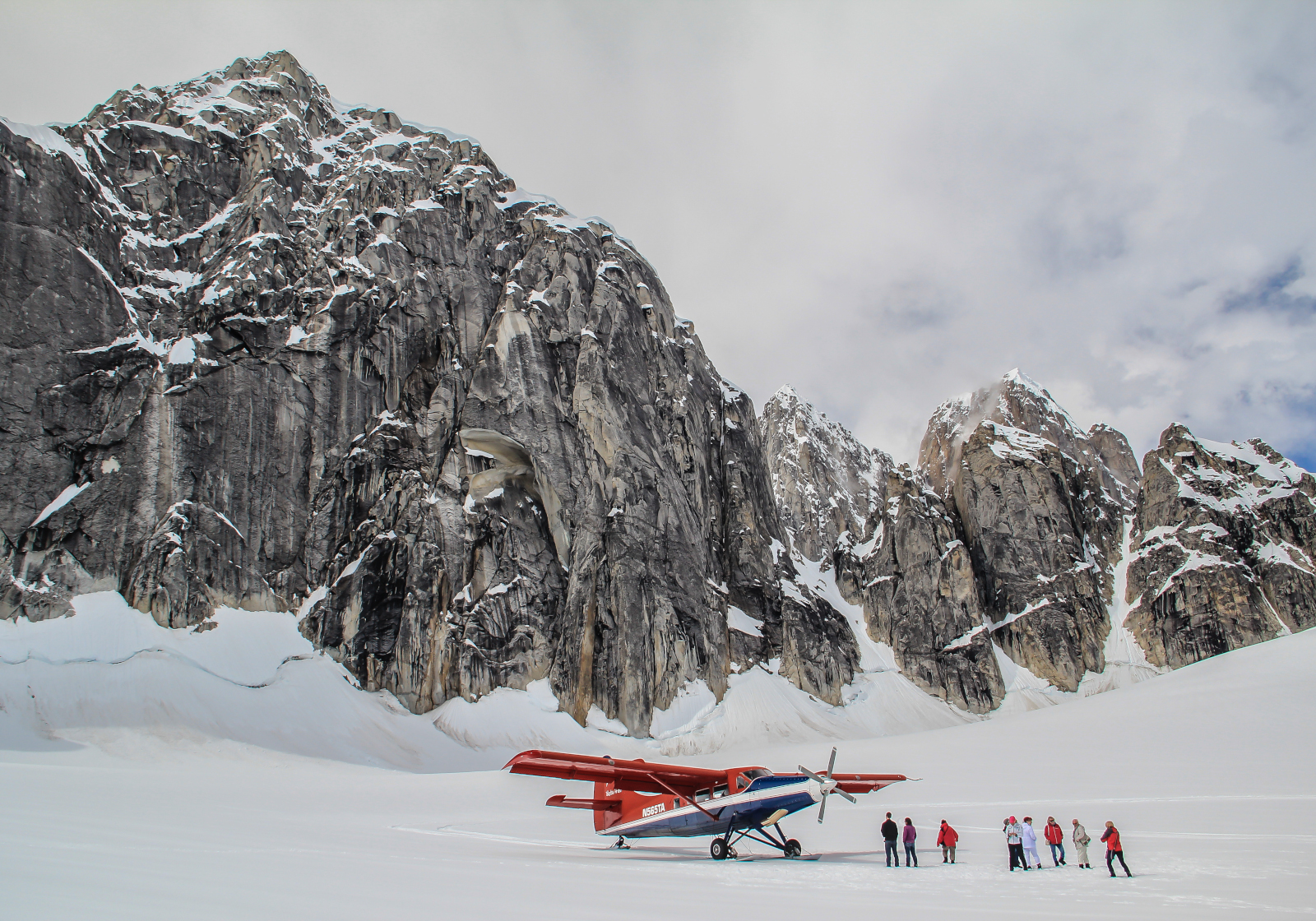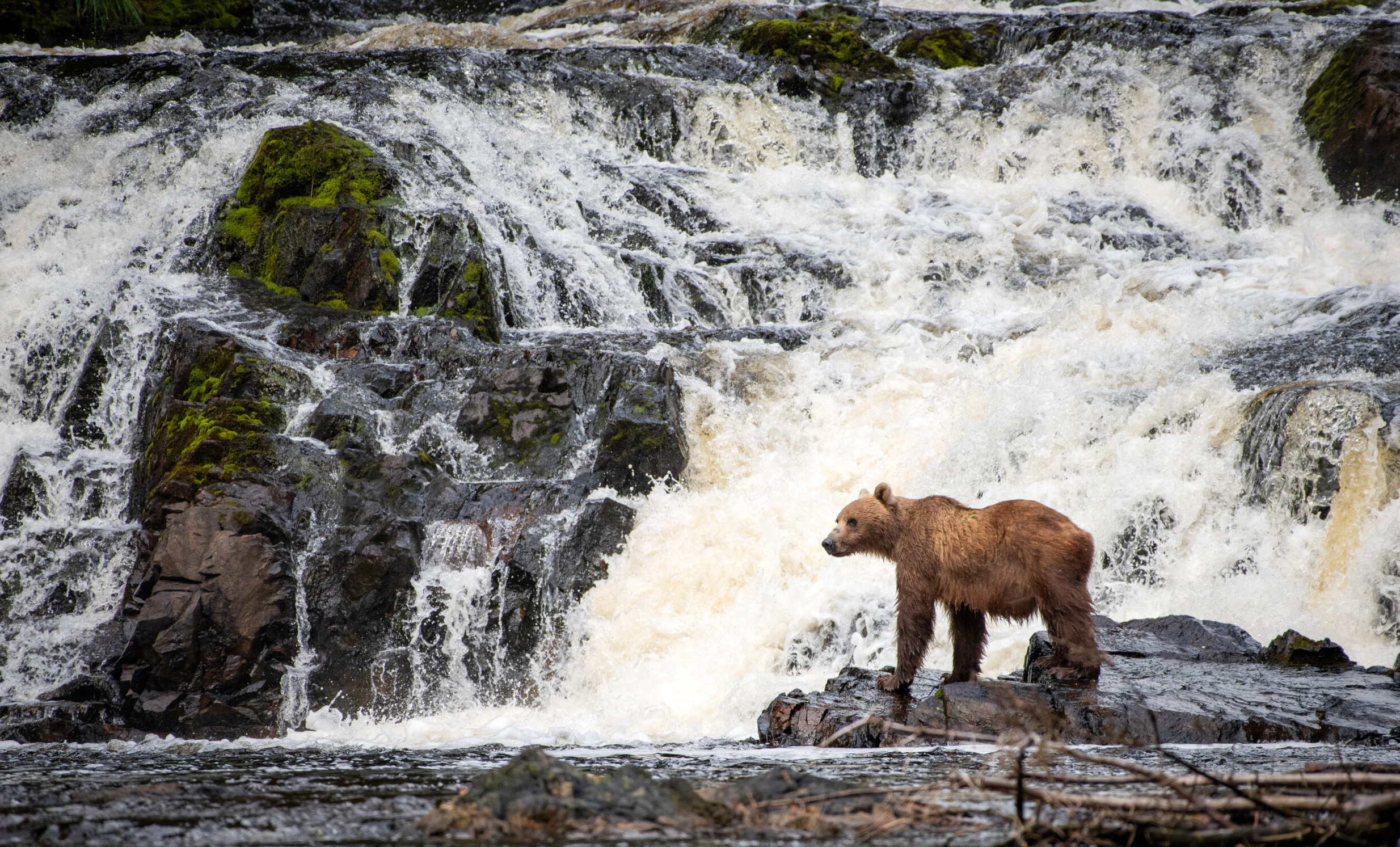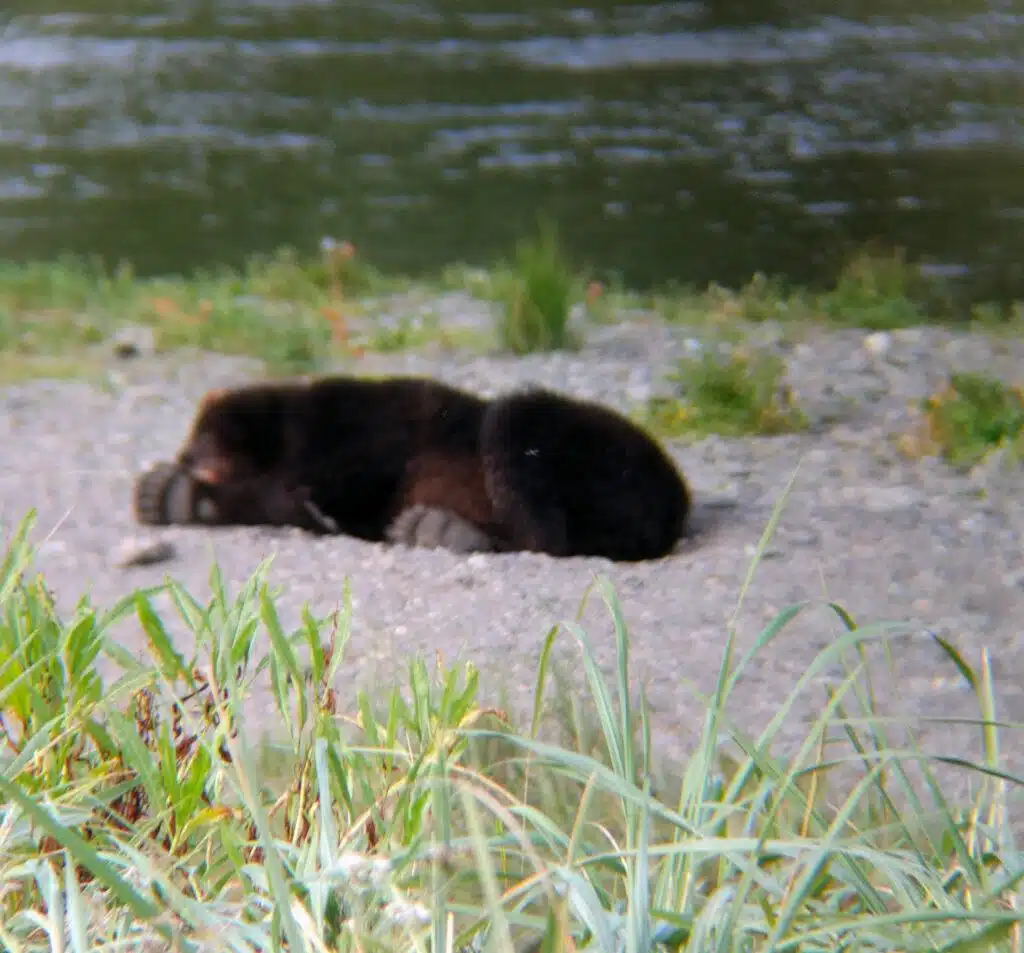
The Secret Science of Bear Hibernation: What Nature’s Ultimate Sleepers Can Teach Us
Picture this: You decide to sleep for six months straight. No meals, no bathroom breaks, no movement beyond the occasional shift in position. For humans, this scenario would be a death sentence—muscles would waste away, bones would weaken, blood clots would form, and bed sores would develop within weeks. Yet every year, Alaska Brown Bears perform this seemingly impossible feat, emerging from their dens in spring as healthy and spry as when they entered.
Recent groundbreaking research from Washington State University has revealed that grizzly bears maintain their internal circadian rhythms even during hibernation, challenging our understanding of this remarkable survival strategy. What scientists are discovering about bear hibernation isn’t just fascinating—it’s potentially life-saving for humans, offering insights that could revolutionize everything from heart disease treatment to space travel.
While bears don’t technically hibernate like chipmunks or ground squirrels, they enter a lighter sleep state called torpor, allowing them to survive winter months without eating, drinking, or passing waste for over 100 days. This biological marvel has captured the attention of researchers worldwide, who are unlocking secrets that could transform human medicine.
The Alaskan Bear Hibernation Paradox: Staying Healthy While Doing Nothing
What makes bear hibernation particularly fascinating is how they avoid the health problems humans would face during prolonged immobility—blood clots, bed sores, bone loss, and muscle deterioration simply don’t occur during their months-long snooze. For humans, even a transatlantic flight increases blood clot risk, yet bears emerge from months of inactivity completely clot-free.
Cardiologist Ole Frøbert’s groundbreaking research in Swedish brown bear country involved snowmobiling and snowshoeing into remote dens to answer a crucial question: How exactly do brown bears survive their long winter sleep without dying? His team chased 13 bears by helicopter during summer and stalked their dens during winter to collect blood samples. The work paid off with the discovery that brown bears produce far less of a protein called HSP47 during winter hibernation, which helps prevent dangerous blood clots from forming.
This protein discovery has profound implications for human health. HSP47 appears on the surface of platelets and helps blood cells stick together—useful for healing cuts, but deadly when blood coagulates inside veins. Intriguingly, when Frøbert’s team studied people with spinal cord injuries, they found these patients also had far less HSP47 than uninjured people, similar to hibernating bears. This parallel suggests bears have evolved a natural mechanism that could lead to safer blood-thinning medications for humans.
Brown bears are serious about their sleep—after packing on pounds in fall, they can hibernate for up to eight months with heart rates dropping below 10 beats per minute. During preparation, bears enter hyperphagia, consuming up to 20,000 calories daily and gaining up to three pounds per day, afterwards, on places like Chichigof Island, they climb up above the treeline and create heat-efficient dens on slopes at high elevations. Yet despite this extreme physiological shutdown, they maintain remarkably stable health throughout their dormancy.
Summary Table: Bear Hibernation vs. Human Sleep
| Feature | Bear Hibernation | Human Sleep |
|---|---|---|
| Duration | Weeks to months | 6–9 hours per night |
| Activity | Periods of torpor, not full sleep | Cycles of REM and non-REM sleep |
| Food/Water Intake | None or minimal | Regular daily intake |
| Muscle/Bone Loss | Minimal | Significant with prolonged inactivity |
| Circadian Rhythms | Persist, but with lower amplitude | Strong, regulate daily cycles |
| Health Implications | Insights for bone, muscle, cardiac health | Essential for cognitive, immune, and metabolic health |
The Circadian Clock That Never Stops Ticking
Perhaps most surprising is the discovery that bears’ internal biological clocks continue functioning during hibernation. Unlike hibernating rodents who become almost comatose, bears occasionally move during dormancy, following circadian patterns with more daytime activity than nighttime movement. This observation led researchers to investigate whether this rhythm existed at the cellular level.
Scientists studying cell samples from six bears during active and hibernating seasons found thousands of genes expressed rhythmically during hibernation, with ATP energy production continuing in daily patterns, though with reduced amplitude and peaks occurring later in the day. As researcher Heiko Jansen explains, bears essentially “turn down the thermostat” on their circadian rhythms without stopping their biological clocks entirely—”It’s like setting a thermostat. If you want to conserve some energy, you turn down the thermostat, and this is essentially what the bears are doing”.
This discovery underscores the importance of circadian rhythms in giving organisms flexibility to function even in extreme states like hibernation. For humans, disrupted circadian rhythms from night shift work have been linked to metabolic problems like weight gain and diabetes. Bears are essentially “extreme shift workers” during their six-month dormancy, yet they avoid the metabolic problems that would devastate humans under similar conditions.
The research reveals that maintaining a circadian rhythm requires energy, but by altering this rhythm during hibernation, bears get energetic benefits of the daily cycle without the full cost, helping them survive months without food. This sophisticated biological mechanism represents millions of years of evolutionary fine-tuning that scientists are only beginning to understand.
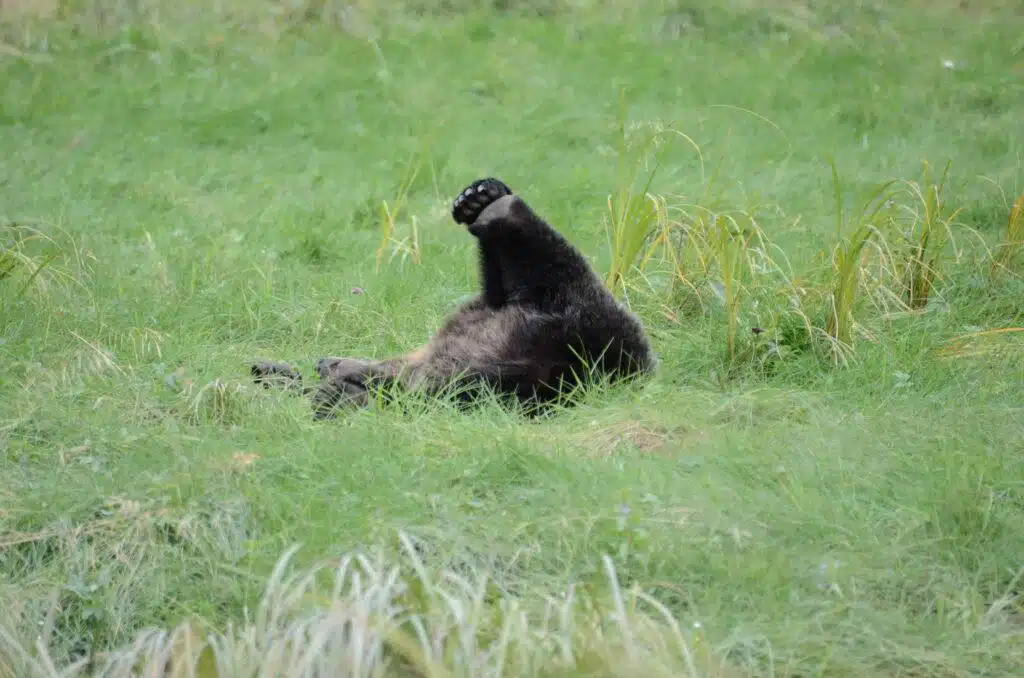
From Bear Dens to Space Stations: Medical Applications
The implications of hibernation research extend far beyond basic biology. Space agencies and militaries are investing heavily in hibernation research, hoping to help astronauts endure long space missions and treat injured soldiers. The idea of putting space travelers in bear-like torpor for months-long journeys to Mars isn’t science fiction—it’s an active area of research.
Interestingly, hibernators show resistance to radiation, though scientists don’t yet understand why. This natural protection could prove invaluable for space travelers facing cosmic radiation during extended missions. Biotech companies are developing compounds that mimic hibernation responses to create new heart drugs, potentially beginning clinical trials soon.
Despite initial skepticism from the medical research community, Frøbert’s team ultimately worked with both NASA and the German Aerospace Center. Now they’re searching for chemicals to develop new blood-thinning drugs with fewer side effects than existing medications—a breakthrough that could be five to 10 years away.
As cardiologist Manuela Thienel notes, “You can learn really a lot from nature—far more than we think”. The movement toward studying non-traditional animals is revealing biological mechanisms that could transform human health. From preventing blood clots to maintaining muscle mass during prolonged immobility, bears are teaching us that the impossible might just be improbable—we simply need to learn their secrets.
The next time you see a bear catching salmon to pack on the pounds, remember: you’re witnessing one of nature’s most sophisticated survival strategies, one that might someday save human lives in ways we’re only beginning to imagine.
If you want to learn more about Coastal Alaskan Brown Bears spend the day with one of our expert guides. Contact us at info@juneauflyfishing.com or give us a call at 907-723-2683
Sources:
- Jansen, H.T., et al. (2023). “Bear genes show circadian rhythms even during hibernation.” Journal of Comparative Physiology B. Washington State University Press Release. https://news.wsu.edu/press-release/2023/11/16/bear-genes-show-circadian-rhythms-even-during-hibernation/
- Frøbert, O., Thienel, M., et al. (2023). “Hibernation-associated protein changes in brown bear blood.” Science.
- National Forest Foundation. (2023). “Do Bears Really Hibernate?” https://www.nationalforests.org/blog/do-bears-really-hibernate
- Grandoni, D. (2023). “Learning to sleep like a bear could save your life.” The Washington Post, December 23, 2023. https://www.washingtonpost.com/climate-environment/2023/12/23/bear-hibernation-research-health-care/
- Sleep Review Magazine. (2023). “Circadian Rhythms Active in Hibernating Grizzly Bears.” November 17, 2023. https://sleepreviewmag.com/sleep-diagnostics/screeners/circadian-sleep-biomarkers/circadian-rhythms-active-hibernating-grizzly-bears/
